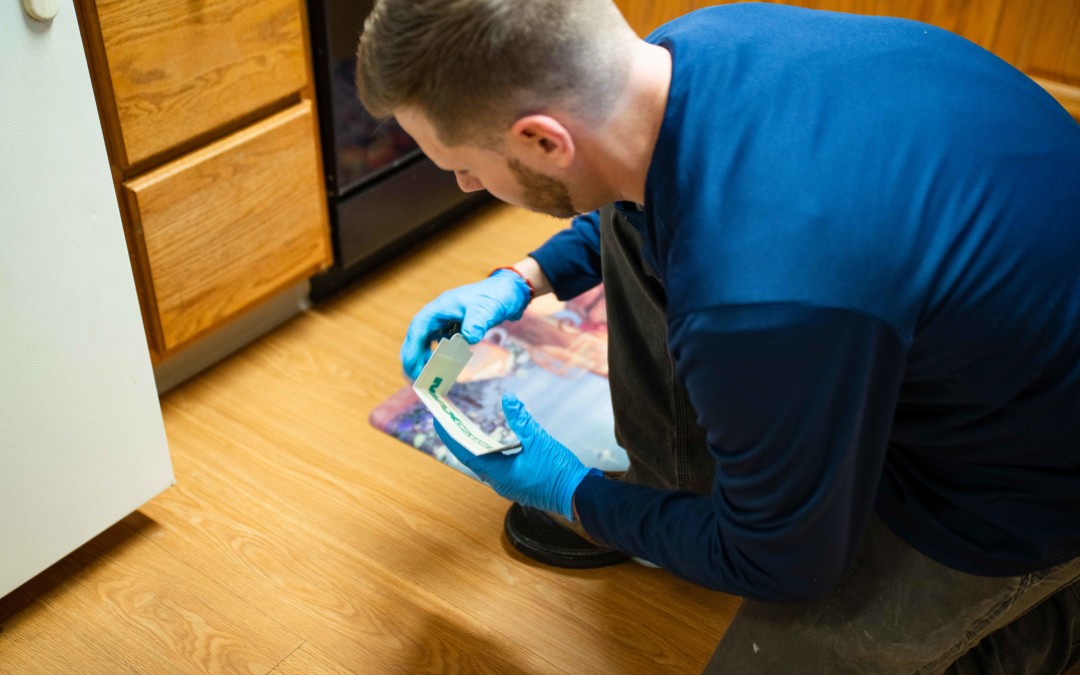Numerous beetle species are well known house pests in the northeast, including carpet beetles, lady beetles, wood-boring beetles, and beetles that feed on natural and packaged indoor food items. Black carpet beetles, varied carpet beetles and furniture carpet beetles are the most economically damaging group in indoor beetle pests due to their habit of eating holes through valued indoor fabric items, particularly clothing and leather goods. Little brown beetles, darkling beetles and drugstore beetles infest kitchen pantries where they feed on human food sources and reproduce within food containers, forcing affected homeowners to part ways with a costly amount of food. Powderpost beetles and old house borers plow into structural and finished wood items for nesting purposes, and some beetles, like death-watch beetles, infest finished wood as well as indoor food products. In many circumstances, beetles that prefer to maintain an outdoor habitat in residential lawns and gardens will invade homes in large numbers where they may inflict bites and emit foul odors.
Several winged ground beetle species that are common in residential areas swarm around artificial lights, such as porch lights, indoor lights, and street lights. The ground beetles that are attracted to artificial lights and are most likely to invade homes in large numbers are generally around half an inch in length, dull black and flat-bodied in appearance. These beetles are capable flyers and they enter homes through windows, door gaps, attic and crawl space vents and cracks, crevices and other entry points on the exterior walls of homes. Common black ground beetle pests are frequently seen in yards, especially around decaying plant matter, cracks in concrete slabs and mulch. Insecticide barriers have proven effective at keeping ground beetles from invading homes, and insect-resistant light bulbs can help keep airborne individuals away from homes. Some larger ground beetle pests that sometimes invade homes are known for biting humans and emitting foul odors. The bombardier beetle, for example, releases an unpleasant defensive odor from its rear that triggers a popping sound.
Have you ever sustained a bite from a beetle’s pincer-like mouthparts?

